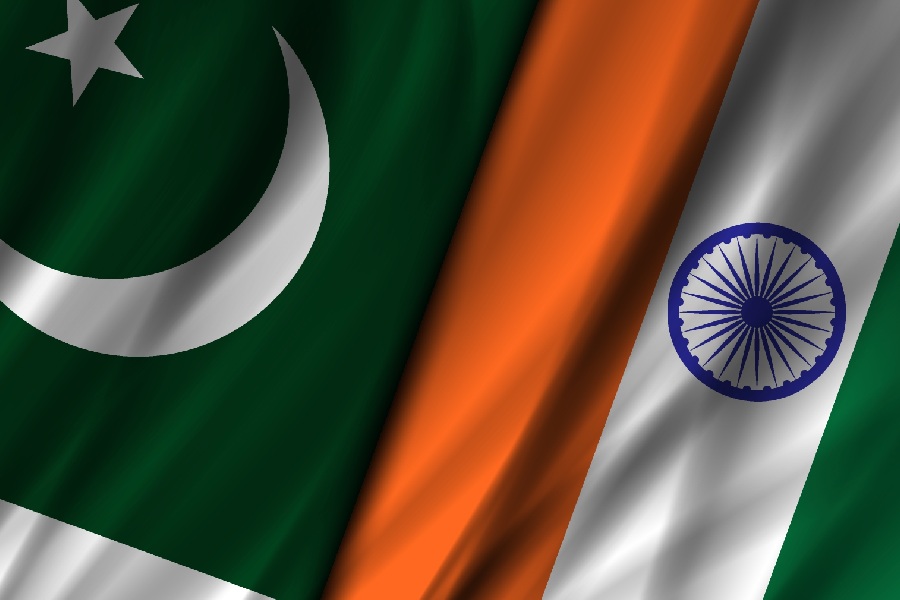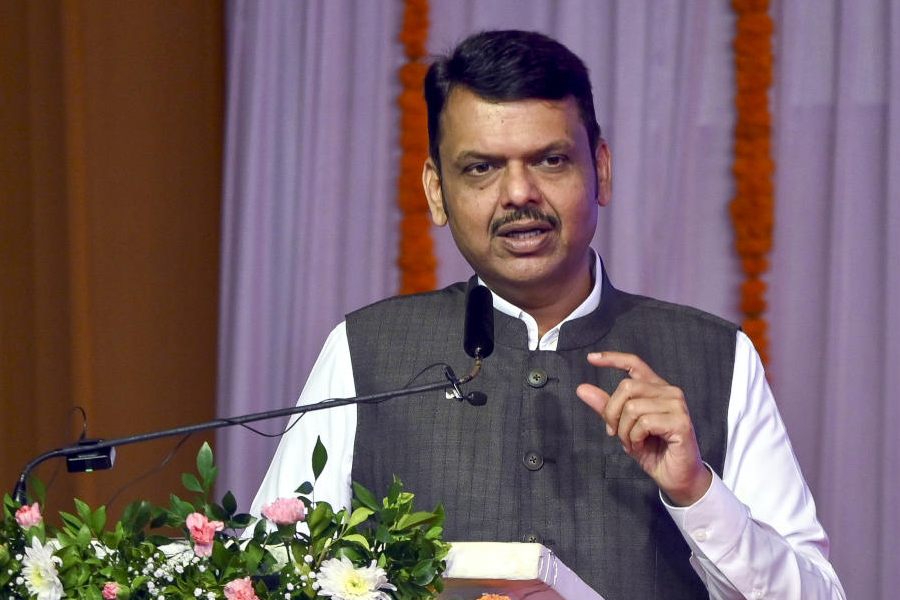A new report released on Wednesday traces the long arc of cross-border terror directed at India, coinciding with the 17th anniversary of the 26/11 Mumbai attacks.
Compiled by Delhi-based think tank NatStrat, the document charts major incidents from 1947 to 2025 and highlights what it describes as a consistent strategy adopted by Pakistan’s military establishment.
“The history of Pakistan-sponsored terrorism against India needs to be told and retold,” the report states, arguing that the use of violence by Pakistan’s military and intelligence network has shaped India’s security environment for decades.
The report, titled Chronology of Pakistani Terror Attack on India 1947–2025, divides this history into five broad periods, beginning with the early conflicts over Jammu and Kashmir and culminating in the present phase of adaptive tactics and sharper Indian responses.
The narrative starts with the 1947–48 Poonch rebellion and the tribal invasion of Jammu and Kashmir, which triggered the first India-Pakistan war. It notes that through the 1960s, Pakistan used East Pakistan to train insurgent groups from India’s Northeast.
Operation Gibraltar in 1965, aimed at inciting an uprising in Kashmir, and Pakistan’s Operation Chengiz Khan in 1971, which opened the war that ended with the surrender of 93,000 Pakistani troops and the creation of Bangladesh, are presented as defining moments of this phase.
The second period, from 1972 to 1989, is described as the rise of proxy warfare.
The report recalls the hijacking of Indian Airlines’ Ganga in 1971, the kidnapping and killing of diplomat Ravindera Mhatre in 1984, and the hijacking of another Indian Airlines flight the same year by Sikh separatists.
The ISI’s support to the Khalistan movement is marked as a key component of this strategy. India’s responses to the hijackings varied from strong criticism of Pakistan’s handling of the crises to efforts at coordinating action to protect passengers.
The escalation between 1990 and 2000 saw the ISI intensifying militancy in Jammu and Kashmir under the K2 project, while Pakistan-based groups such as Lashkar-e-Taiba expanded their footprint.
The period includes the 1993 Mumbai serial blasts that killed 257 people, the 1996 Lajpat Nagar market blast, the 1998 Coimbatore bombings, the Kargil conflict after Pakistani forces crossed the Line of Control in disguise, the IC-814 hijack that ended with the release of Masood Azhar, and the 2000 attack on the Red Fort.
From 2001 to 2009, the focus of attacks shifted visibly towards national symbols and high-profile targets.
The report lists the 2001 Parliament attack by Jaish-e-Mohammed operatives, the 2002 attack on the Akshardham temple, the 2005 Delhi blasts, the 2006 Mumbai train bombings, the 2008 suicide bombing outside the Indian Embassy in Kabul, and the 26/11 Mumbai attack carried out by ten Lashkar-e-Taiba terrorists.
The final phase, covering 2010 to 2025, outlines what NatStrat terms adaptive terrorism and India’s hardened responses.
This includes the 2010 German Bakery blast linked to the Karachi Project, the 2016 Pathankot attack, the 2016 Uri attack followed by India’s surgical strikes across the Line of Control, the 2019 Pulwama bombing and India’s airstrikes in Balakot, the 2025 Pahalgam attack by the Resistance Front that killed 26 tourists, and Operation Sindoor, India’s response later that year.
Defence minister Rajnath Singh is quoted explaining the shift, saying India would treat “any attack on Indian soil as an act of war”.
Beyond detailing the chronology of attacks, the report underscores India’s resilience. “They have not stopped India's march as a nation. Instead, Indian society and polity have pushed back attempts to divide the country or slow down its progress,” it says.
The document also calls terrorism “an affront to humanity” and warns that its use “as an instrument of state policy is dangerous and a source of grave instability and also contrary to the principles of international law and inter-state relations.”











